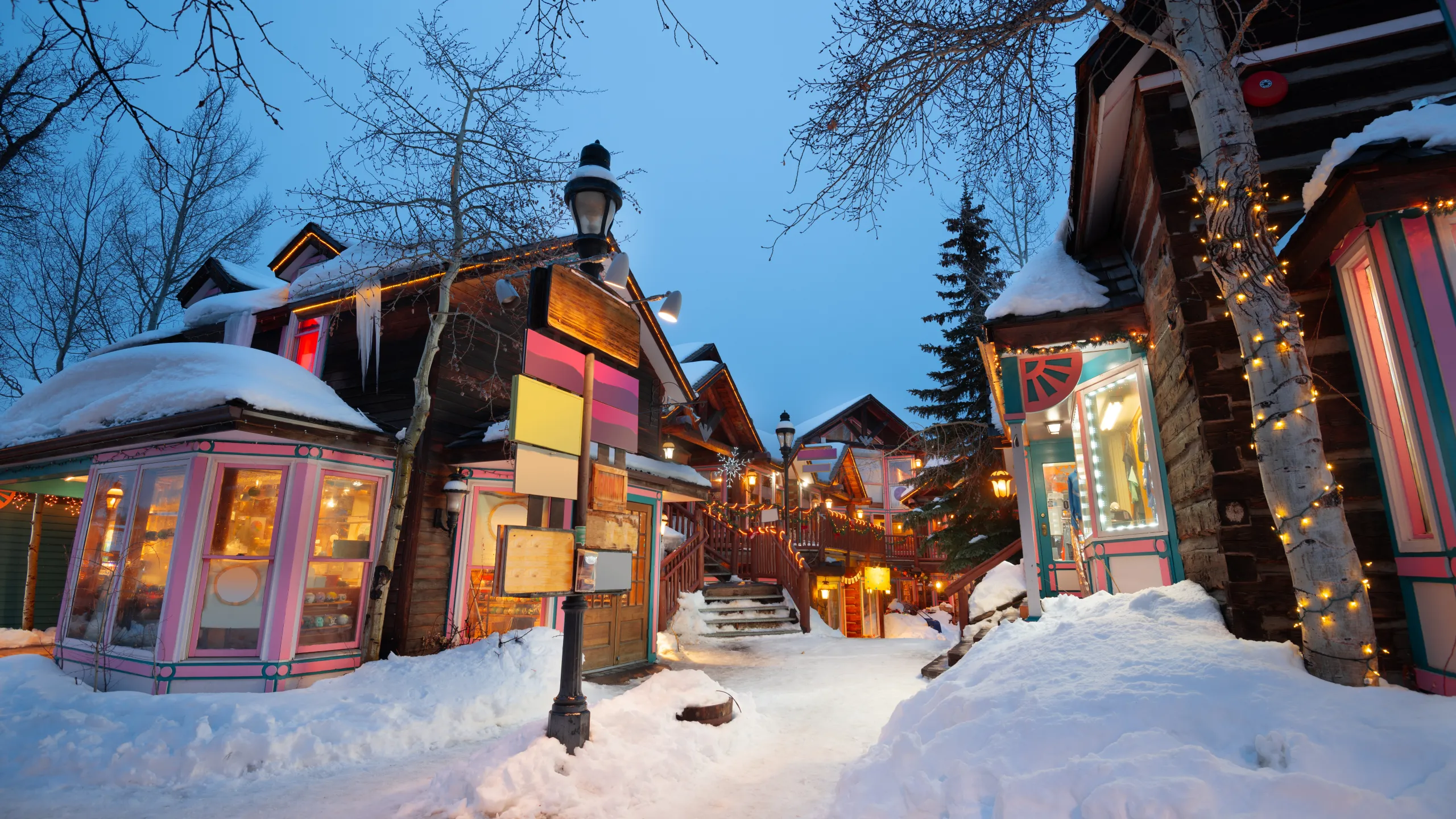The United States is a vast country. Its size contributes to a wide variety of climates. Many people know about basic weather patterns. They might know the South is warm and the North is cold. However, there are many surprising regional weather differences. These unique phenomena shape local life and culture. Understanding the diverse weather in the US is essential. It helps both residents and visitors prepare for the unexpected. This article uncovers five things you might not know.
The Powerful Punch of Lake-Effect Snow
When you think of heavy snow, you might picture mountains. But some of the biggest snowfalls happen elsewhere. Areas near the Great Lakes experience a unique event. It is called lake-effect snow. This phenomenon creates intense, localized snowstorms. The weather in US Great Lakes regions is heavily influenced by it.
So, how does this happen? Cold, dry air moves across the relatively warmer lake water. The air picks up moisture and heat from the lake. This creates a narrow band of heavy precipitation. When this moist air hits the land, it dumps snow. The results can be dramatic. Some areas can receive feet of snow in a short time. This impacts daily life in cities like Buffalo and Rochester. It is a powerful example of microclimates in the US.
The Deceptive Warmth of Chinook Winds
Imagine a warm, dry wind in the middle of winter. This is a reality for some parts of the United States. The Rocky Mountains experience something called Chinook winds. These winds can cause rapid temperature increases. They provide a temporary break from winter’s cold. This aspect of weather in the US can be quite startling.
Chinook winds form when moist air from the Pacific rises over the mountains. The air cools and loses its moisture as rain or snow. As the dry air descends on the other side, it warms up significantly. This warming effect is surprisingly strong. Temperatures can jump by 40 to 50 degrees Fahrenheit. This can melt snow and create a false sense of spring. It is a fascinating and often welcome weather anomaly.
Dixie Alley A Different Kind of Tornado Threat
Most people associate tornadoes with “Tornado Alley.” This area covers states like Kansas, Oklahoma, and Texas. However, another tornado-prone region exists. It is known as “Dixie Alley.” This region includes southeastern states like Mississippi and Alabama. The tornadoes here present a different set of dangers. This highlights the varied nature of severe weather in the US.
Tornadoes in Dixie Alley are often harder to see. They are frequently wrapped in rain and occur at night. The landscape also plays a role. Hills and dense forests can obscure the view. This makes spotting them incredibly difficult. Furthermore, these tornadoes can happen outside the typical spring season. They are a year-round threat in this part of the country. This makes public awareness and preparedness crucial.
The North American Monsoon Isn’t Just for a Tropical Climate
The term “monsoon” often brings to mind Southeast Asia. But the United States has its own monsoon season. The North American Monsoon affects the Desert Southwest. States like Arizona and New Mexico experience it. This season brings a dramatic shift in weather patterns. It is a vital part of the weather in US deserts.
During the summer, the desert land heats up. This creates a low-pressure area. Moist air from the Gulf of California and the Pacific is pulled in. This influx of moisture leads to thunderstorms. These storms can be intense and localized. They bring much-needed rain to an arid region. The monsoon is crucial for the desert ecosystem. It replenishes water sources and supports plant life.
The Pineapple Express A Tropical Connection to West Coast Storms
The West Coast of the United States is known for its winter storms. But did you know some of them have a tropical origin? A phenomenon called the “Pineapple Express” is responsible. This is an atmospheric river that brings moisture from Hawaii. It can lead to heavy rain and flooding along the coast. This is a significant feature of the winter weather in US Pacific coast states.
The Pineapple Express is a narrow corridor of concentrated moisture. It extends from the waters near Hawaii to the West Coast. When this river of moisture makes landfall, it can be powerful. It can dump inches of rain in a short period. This can lead to landslides and flooding. While it can be destructive, it is also a major source of water for the region. It helps to fill reservoirs and build up the snowpack in the mountains. This ensures a water supply for the drier months.
The diverse weather in the US is a constant source of fascination. From the snowy Great Lakes to the desert monsoon, each region has its own unique story. Understanding these differences is more than just a matter of curiosity. It is about safety, preparedness, and appreciating the complex forces that shape our world. The next time you check the forecast, remember the hidden weather phenomena at play across the country. There is always more to learn about the ever-changing skies above us.
Follow us on social media and website for more insights!









